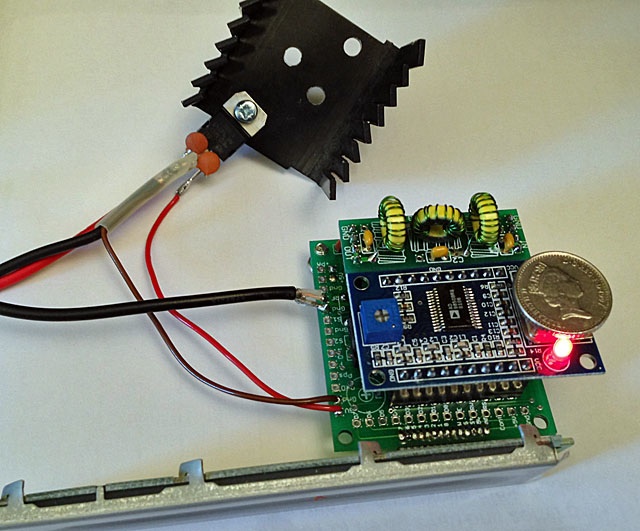Don't get me started on Echolink/CQ100! It's not radio 





I am also interested in microwave stuff, being low lying and not knowing any other microwavers in the region, is there any point in me getting excited about this? My postcode is SY13 2BT if you have the inclination to see my locale. I would want to operate from home, not mobile or from some hilltop, I spend enough time outside as it isThanks.
There are still quite a few radio rallies around the place and it's not unusual to pick up good deals there but always remember - 'buyer beware' and that if it's a private sale then you've got no comeback.So, where is best these days for gear? I presume auction sites have pretty much killed off the second hand cheapo market?
Used to have an FT290 with the Mutek front end but would be starting from nothing again now




Yes! What book was it?So I'm reading a book and the author is talking about a ham radio. I was wondering what is a ham radio and are they still in use today and did you have one?






 I've not reached VK7 yet with just the 150mW but been heard there a few times on 40m WSPR using 5W from the TS-590.
I've not reached VK7 yet with just the 150mW but been heard there a few times on 40m WSPR using 5W from the TS-590. It's a great deal and I encourage anyone with even any slight interest in radio to go for it - Twelve issues of RadCom for a quid!Cheers, joined.
This should give me incentive to finally go for a licence.

